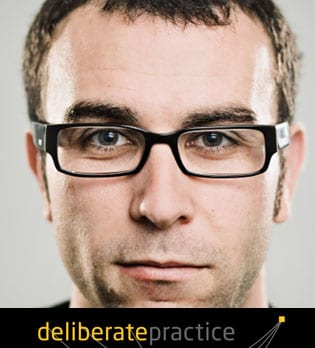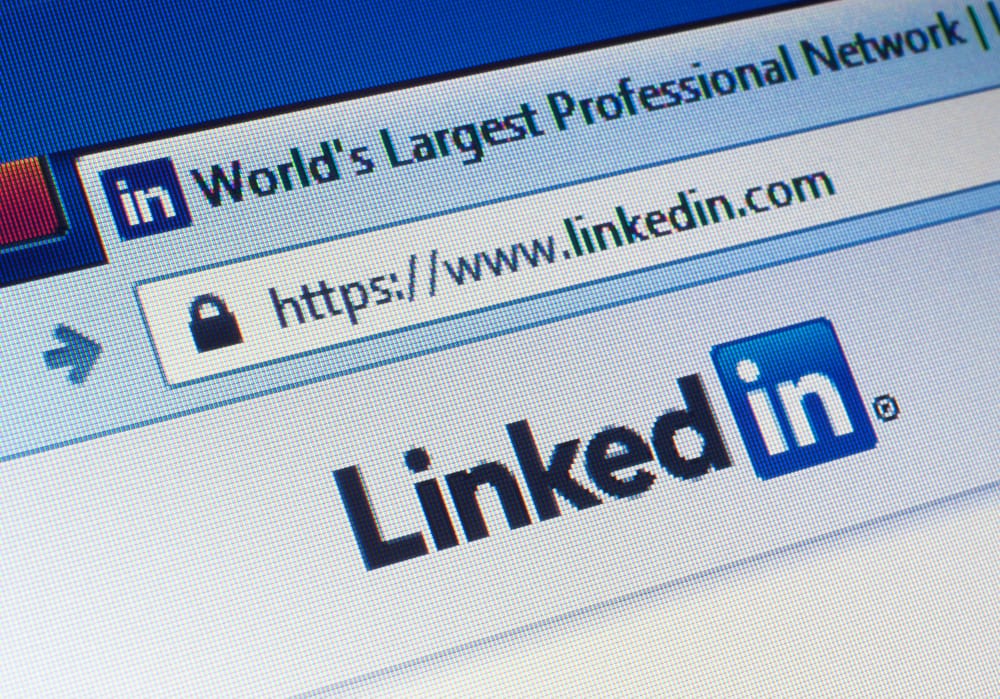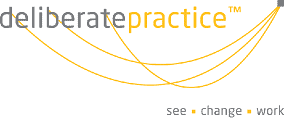There are as many opinions on what makes an amazing resume as there are recruitment and career consultants. Most will agree, however, that there is a fundamental difference between what makes an exceptional resume and what makes an engaging LinkedIn profile.
The key differentiator between the two is the purpose, and by association, the audience. A resume is a first impression personal marketing document with a simple target: a current (or future) hiring contact, designed to gain an interview, or at the very least entice your audience to contact you for a screening/qualifying call. If your resume is current and you are sending it out, it means you are controlling its distribution and that you are “on the market” and actively job seeking (or actively keeping your options open).
Your resume should:
- Demonstrate a clear career goal/profile targeted for the role or role group (if your audience is a recruiter or HR building a talent pool for future roles) and understanding of your experience (while common sense, not as common as you would think)
- Be concise – less is more (in the Australian market 4-6 pages is usually more than enough)
- Look clean and simple – no photos, no complicated fonts, no fancy borders and no more than two colours
- Cover major quantifiable achievements for key roles (excellent fodder for self-promotion and behavioural interview examples)
- Be positive and professional in tone (not verbose or casual)
LinkedIn profiles are a little more complex. The key difference to keep front of mind is that LinkedIn is a social media site and the whole world can view it. Who is the target audience and why are you using LinkedIn? Who is likely to be checking out your profile? Do you want to be seen as “in the market” in the modern ever-changing world of talent or do you enjoy networking with like-minded individuals and posting prolifically to boost/enhance/support your personal brand? Are you looking for business development targets? The answer could be all of the above.
Your LinkedIn profile should:
- Recognise the clear fact that your profile is in the Public domain. It is your right to use the privacy settlings to keep your profile “private” however, many people see this decision as effectively defeating the purpose of a LinkedIn profile in the first place.
- Reflect your KEY and CURRENT reason for using LinkedIn, recognising that audiences may review your profile for different purposes.
- Highlight the three key things that you want the world to think about you, and don’t be afraid to profile your aspirational goals. For example, you want to be known as a senior leader, a subject matter expert in SAP, and an industry specialist with deep knowledge of logistics and supply chain operations.
- Still be concise and broad when listing your employment history, in most cases even more so than your resume, to allow interpretation. Highlight the key achievements in your previous roles that support your future career aspirations.
- Use a clean, crisp, professional photo of head and shoulders only. Unlike Facebook, LinkedIn is a professional forum, so professional photos are much more suitable than social snaps.
LinkedIn is essentially an enticement for connections to find out more about you, and your resume is a comprehensive picture of your professional experience. Effectively harnessing and leveraging the power of your resume in collaboration with your LinkedIn profile can open up possibilities that weren’t available a few years ago.



